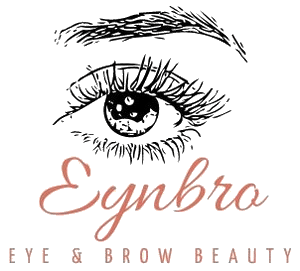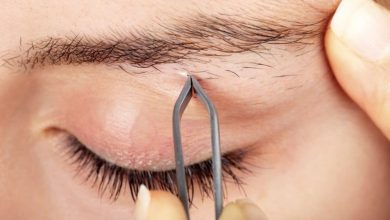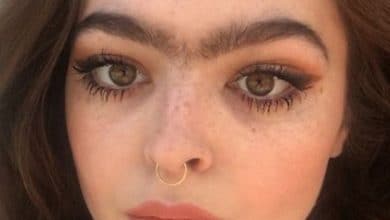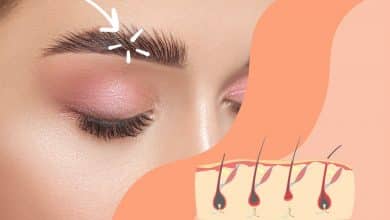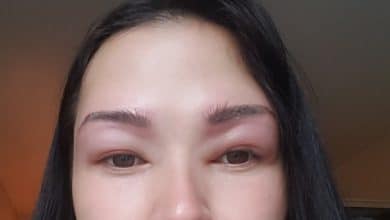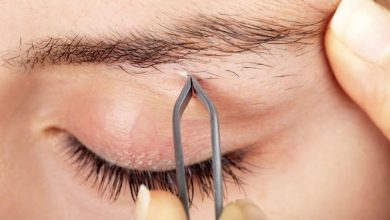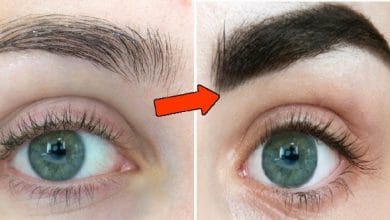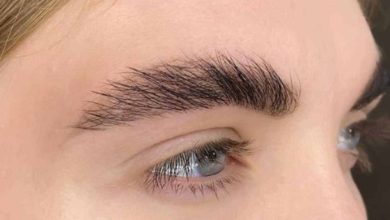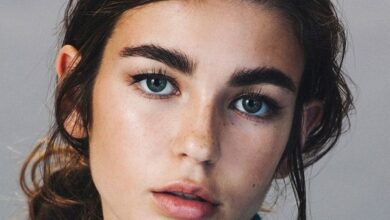What causes random long eyebrow hair?
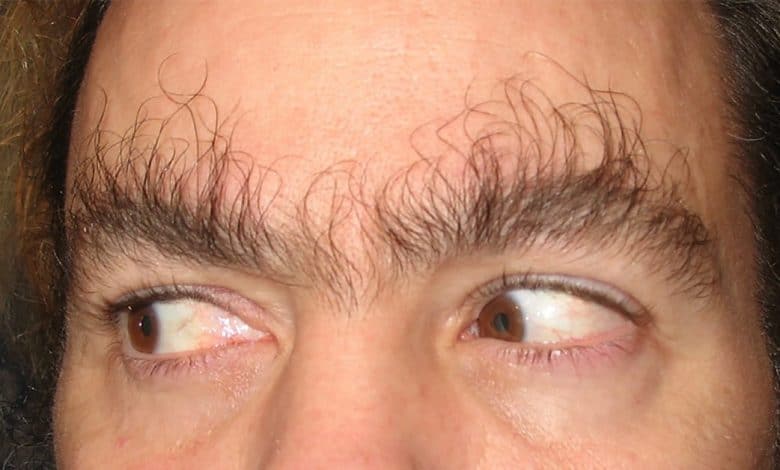
Long eyebrow hair is a surprisingly common yet misunderstood topic in personal grooming. For some, it adds character and distinction; for others, it’s a cosmetic nuisance that disrupts symmetry and polish. Whether you’re battling unruly brow strands or just curious about that one bizarre hair that keeps growing back, understanding why it happens—and how to manage it—is key.
This article dives into the biology, causes, grooming techniques, and expert insights to help you maintain neat, balanced brows without overdoing it.
Eyebrow Growth Cycle and Why Some Hairs Grow So Long
Eyebrow hairs follow the same fundamental growth pattern as other body hairs, but with some notable differences.
Eyebrow hair grows at a rate of approximately 0.16mm to 0.3mm per day, which is slower than scalp hair. The growth cycle includes three phases:
- Anagen (growth phase): This is the active growing period, and it’s shorter for brows than for head hair.
- Catagen (transition phase): The follicle detaches from the blood supply.
- Telogen (resting/shedding phase): The hair eventually falls out and a new one replaces it.
Several factors influence the length and thickness of eyebrow hairs:
- Genetics determine the base characteristics of your brow hair (color, density, shape, and growth rate).
- Stress and seasonal changes can accelerate or decelerate the growth cycle.
- Hormonal imbalances, especially androgens like testosterone and dihydrotestosterone (DHT), can extend the anagen phase for isolated hairs—leading to those occasional freakishly long strands.
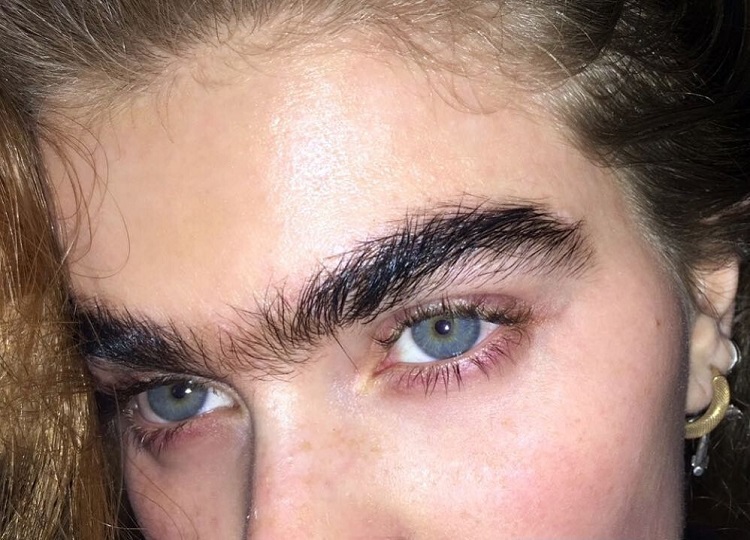
A concept called “follicular activation threshold” helps explain it. Each eyebrow hair follicle has a different sensitivity to DHT, the hormone responsible for accelerating hair growth in specific regions. If a follicle has:
- Higher androgen receptor density
- More active 5α-reductase enzyme (which converts testosterone to DHT)
…it may respond more dramatically than its neighbors.
As a result, that one long brow hair could be the outcome of a “hyperactive follicle”—reacting more to hormonal signals than others around it. This is more common in men, especially as they age.
Additionally, aging brings about new brow behaviors:
- Some hairs turn white or grey, and
- Others become coarse, wiry, and grow uncontrollably due to shifts in hormonal balance and follicular behavior.
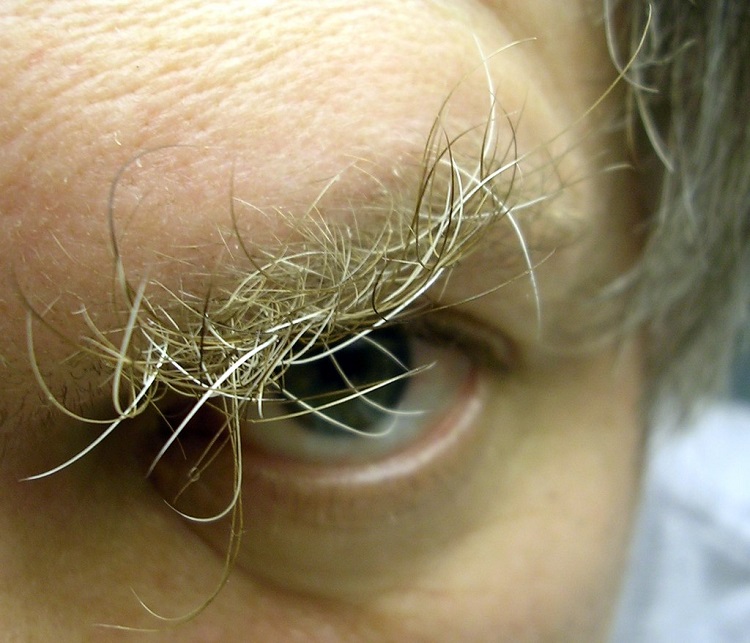
Solutions for Managing Random Long Eyebrow Hair
While random long eyebrow hair can be a source of frustration, several solutions can help manage this issue effectively. Consider the following suggestions to keep your eyebrows well-groomed and prevent the growth of unwanted long hairs:
Regular Trimming: Trim your eyebrows regularly using small, sharp scissors or an eyebrow trimmer. This practice helps maintain the desired length and prevents random hairs from becoming excessively long.
Shaping Techniques: Employ shaping techniques, such as tweezing, waxing, or threading, to create a well-defined eyebrow shape. Be cautious not to over-pluck, as it can disrupt the hair growth cycle and lead to irregular growth patterns.
Avoid Overstimulation: Refrain from using excessive amounts of growth-enhancing products or applying them too frequently. Follow the recommended guidelines provided by the product manufacturer to avoid stimulating long hair growth inadvertently.
Gentle Handling: Avoid excessive touching, rubbing or scratching your eyebrows. Such actions can cause friction and disrupt the hair growth cycle, leading to the emergence of longer eyebrow hairs.
Consult a Professional: If you are unsure about shaping or maintaining your eyebrows, consider seeking the expertise of a professional esthetician or a licensed eyebrow specialist. They can assess your eyebrow shape, recommend appropriate grooming techniques, and provide personalized advice based on your specific needs.
Medical Evaluation: If you suspect that an underlying medical condition may be causing the growth of random long eyebrow hair, it is essential to consult a healthcare professional. They can evaluate your symptoms, perform necessary tests, and provide appropriate treatment options to address any underlying health issues.
Cosmetic Solutions: Temporary cosmetic solutions, such as eyebrow pencils or powders, can help conceal the appearance of long eyebrow hairs. Select a shade that matches your natural eyebrow color and fill in any sparse areas or lengthen shorter hairs to create a more balanced and groomed look.
Embrace Natural Remedies: Some individuals find success in using natural remedies to manage long eyebrow hairs. Applying a small amount of castor oil or aloe vera gel to the eyebrows before bedtime may help nourish the hair follicles and promote healthier hair growth. However, it is important to note that results may vary, and consulting with a dermatologist or trichologist is recommended before attempting any natural remedies.
Patience and Consistency: Managing random long eyebrow hair requires patience and consistency in your grooming routine. Regular maintenance and adherence to a grooming regimen can help maintain the desired eyebrow shape and prevent the occurrence of excessively long hairs.
Consider Professional Treatments: In cases where random long eyebrow hair persists despite regular grooming efforts, professional treatments like laser hair removal or electrolysis can provide a long-term solution. These procedures target the hair follicles, inhibiting future hair growth and reducing the likelihood of random long hairs.
By incorporating these solutions into your grooming routine and understanding the potential causes of random long eyebrow hair, you can effectively manage and prevent this cosmetic concern. Remember, maintaining well-groomed eyebrows enhances your facial features and contributes to a polished appearance.
Remember to consult a healthcare professional or a licensed esthetician for personalized guidance based on your specific needs and concerns.
How to Manage and Groom Long Eyebrow Hair
Managing long eyebrow hair requires consistency, precision, and the right tools. Over-grooming or neglect can both lead to poor aesthetic outcomes. Here’s how to handle them properly:
Trimming Techniques
- Use small, curved eyebrow scissors designed for facial hair.
- Brush hairs upward with a spoolie to reveal their natural length.
- Trim only the tips that extend past your natural shape—never cut straight across.
- Work slowly and check symmetry as you go.
- Always trim one hair at a time for precision.
Trimming does not make hair grow faster or thicker—it’s simply a cosmetic maintenance step.
Tweezing and Shaping
- Use angled tweezers to remove only the stray hairs outside your brow line.
- Be mindful not to overpluck, especially long hairs that give volume.
- Define your ideal shape according to your face shape and arch.
- Leave asymmetrical brows alone—perfect symmetry often looks unnatural.
Styling and Control
- Apply clear or tinted brow gel to keep long hairs in place throughout the day.
- Choose sweat-proof formulas for lasting hold.
- Consider using a brow pomade for sculpting and additional control.
Who has the longest eyebrows in the world?
Zheng Shusen (China), age 81, was officially recognized for having the longest eyebrow hair in the world, stretching to an incredible 19.1 cm (7.5 in) when measured at a hospital in Menzhouli, Inner Mongolia, China, last month.
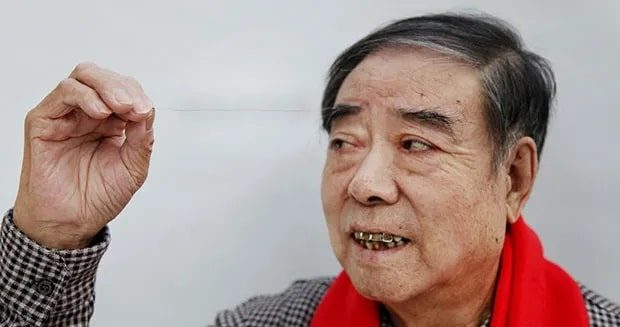 Zheng first realized that one long eyebrow hairs was much longer than the others in 2015, underestimating it at about 18.5 cm.
Zheng first realized that one long eyebrow hairs was much longer than the others in 2015, underestimating it at about 18.5 cm.
He says this naturally long hair sometimes slips into his mouth when he eats – so he always tucks it behind his right ear.
In his application for the record title, Zheng wrote, “In China, a random long eyebrow hair is synonymous with health and long life. When I discovered that my eyebrow hairs were much longer than others, my family started to say that it was a good symbol for an old man… that’s when I thought I could be the Guinness World Records title holder.”
His amazing eyebrow hairs easily surpassed the previous record of 18.1 cm (7.1 in), which belonged to Sumito Matsumura (Japan).
Random long eyebrow hair can be caused by various factors, including hormonal imbalances, aging, genetics, poor maintenance, medical conditions, and external influences. However, by implementing proper grooming techniques, seeking professional guidance when necessary, and understanding the underlying causes, you can effectively manage and prevent the growth of unwanted long eyebrow hair. Remember, maintaining well-groomed eyebrows not only enhances your appearance but also boosts your confidence.
Effective Treatments and Solutions
For those seeking advanced solutions, several options are available:
- Topical Growth Products: Serums with biotin, peptides, or prostaglandin analogs like bimatoprost can regulate growth.
- Microblading: A semi-permanent cosmetic solution to create uniform eyebrow shapes.
- Eyebrow Transplants: A surgical option where hair follicles are transplanted to the eyebrow area.
Always consult a dermatologist before pursuing clinical treatments to ensure they suit your needs.
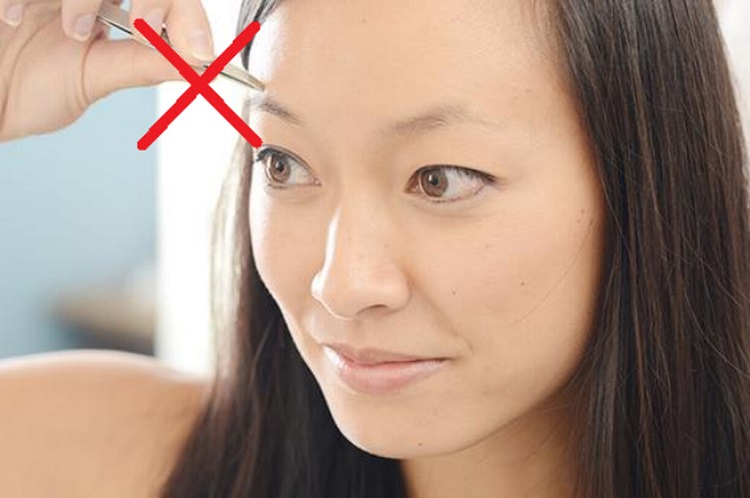
Recommended Products for Long Eyebrow Hair
| Product Type | Purpose | Best Features |
|---|---|---|
| Brow Scissors | Trimming long, unruly strands | Stainless steel, curved blades |
| Spoolie Brush | Grooming and training brow direction | Firm yet gentle bristles |
| Clear Brow Gel | Hold and set for daily styling | Long-wear, humidity-resistant |
| Brow Serum | Condition and improve hair texture | Contains peptides, castor oil, biotin |
| Angled Tweezers | Precision hair removal | Slanted tip for better control |
Professional Services to Consider
If your long eyebrow hair is too stubborn to manage alone, professional help can make a major difference:
- Brow Lamination: Helps straighten and set brow hairs in one direction for 4–6 weeks.
- Tinting: Ideal for lighter hairs; creates fuller-looking brows with a uniform color.
- Waxing or Threading: Offers clean shaping; great for beginners who don’t trust themselves with scissors or tweezers.
- Microblading: Semi-permanent tattooing to fill sparse areas—ideal if over-trimming led to thinning.
Real-Life Questions People Ask About Long Eyebrow Hair
These are actual concerns pulled from community forums and grooming blogs:
“Why does one hair in my eyebrow grow much longer than the others?”
This is usually due to a hyperactive follicle with lower resistance to DHT. It’s harmless but persistent.
“My eyebrows are getting longer and wirier as I age—is this normal?”
Yes. With age, some follicles produce thicker, longer hairs due to hormonal shifts. This is common in men over 40.
“Can I pluck out that one crazy long eyebrow hair?”
Yes, but expect it to grow back. Plucking may damage the follicle if done repeatedly, so trimming is often safer.
“Why do some eyebrow hairs grow white and longer?”
This happens when pigment production stops, and the follicle enters a longer anagen phase. White hair is often coarser and more resilient.
TAKEAWAY
Long eyebrow hair is more common than people realize, especially with aging or hormonal influences. Whether you have one rogue strand or full, unruly brows, the key is to work with your natural shape—not against it. Trimming, shaping, and conditioning make a big difference, and if you’re overwhelmed, professionals can help define and tame your look.
Rather than seeing long brow hair as a problem, treat it as part of your unique facial character—and manage it with confidence, not frustration.
FAQ
How often should I trim my eyebrow hair?
Every 2–3 weeks is ideal for most people, depending on your personal growth rate.
Does trimming make my brow hairs grow faster or thicker?
No. Trimming affects appearance only, not the follicle’s growth behavior.
What if my brows are curly or have cowlicks?
Use brow lamination or gels to smooth and train the direction. Avoid aggressive plucking.
Can stress cause longer or more unruly brows?
Yes, indirectly. Stress hormones can disrupt the normal hair cycle, extending growth phases or altering shedding patterns.
Is there a way to stop a long hair from regrowing?
Not really—unless you damage the follicle (which is not recommended). Accept and trim as needed.
Conclusion
Managing random long eyebrow hair requires an understanding of the underlying causes and implementing proper grooming techniques. By addressing hormonal imbalances, embracing appropriate maintenance practices, and seeking professional advice when needed, you can effectively manage and prevent the growth of unwanted long hairs. Remember, maintaining well-groomed eyebrows not only enhances your appearance but also boosts your confidence. Embrace the solutions provided in this article and prioritize the care of your eyebrows to achieve the desired look and frame your face beautifully.
By understanding the causes and solutions for random long eyebrow hairs, you can maintain healthy, well-groomed eyebrows while addressing potential underlying concerns.
